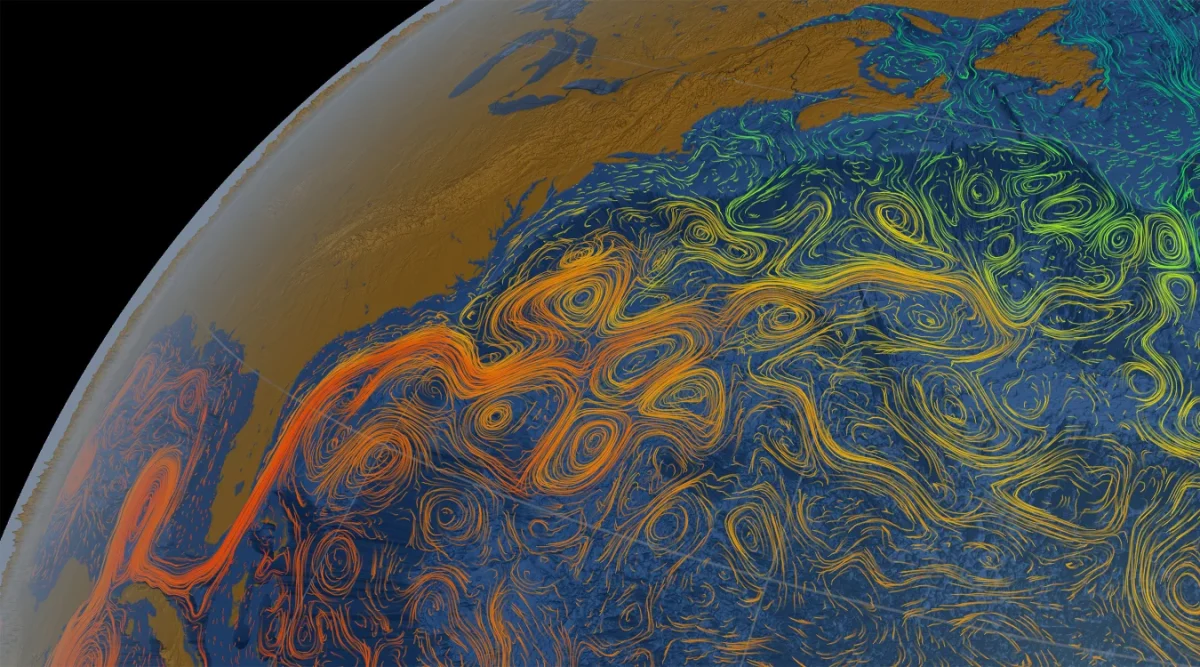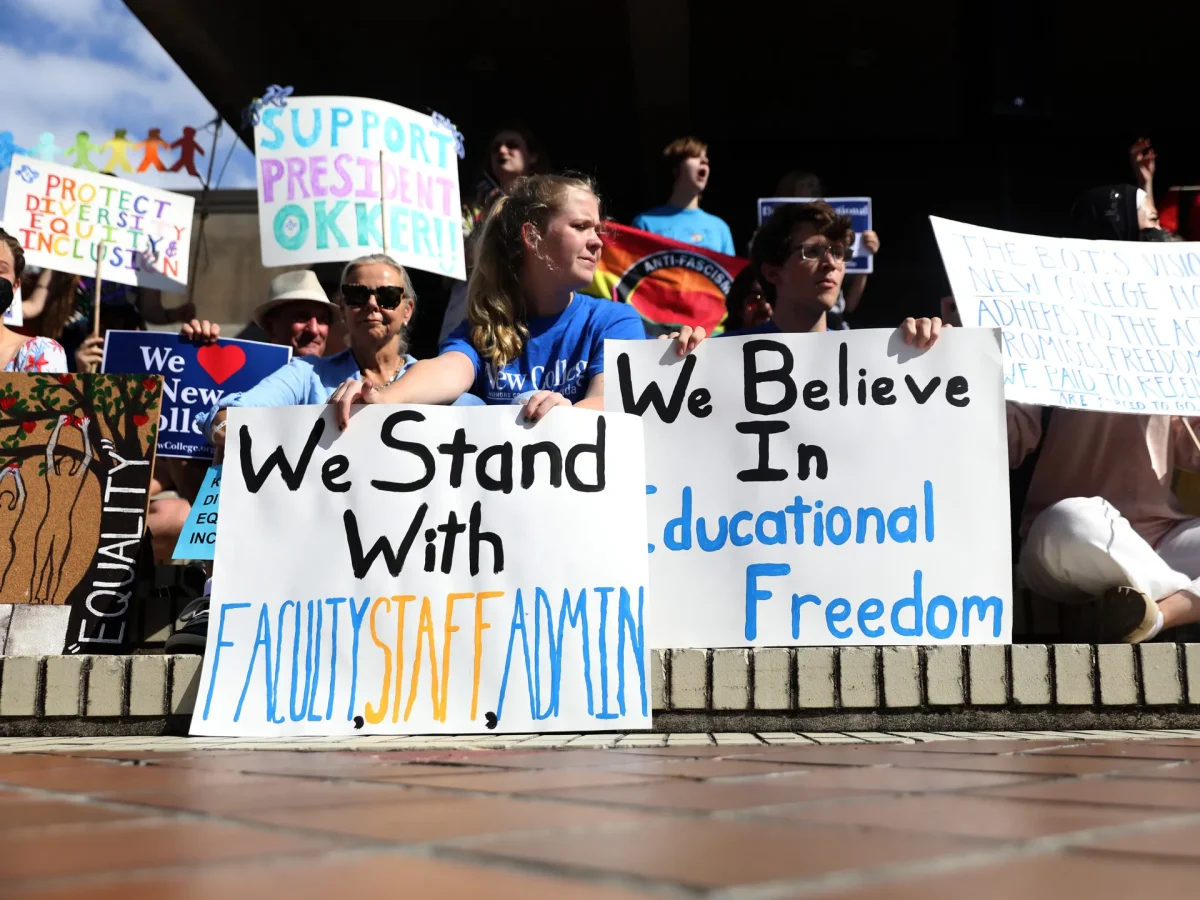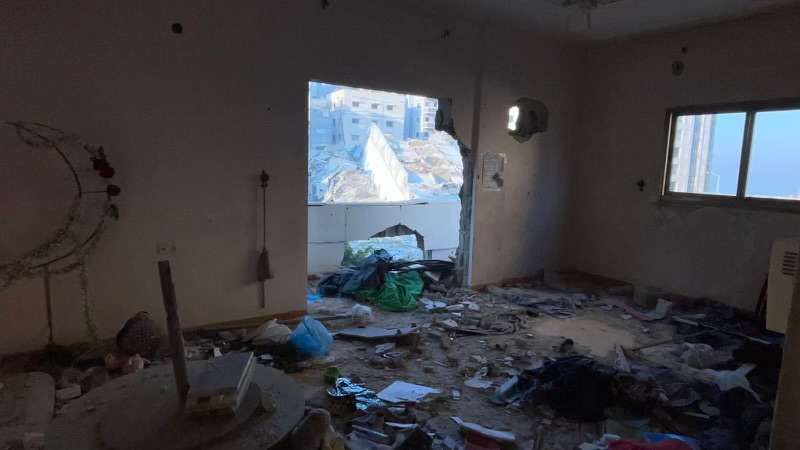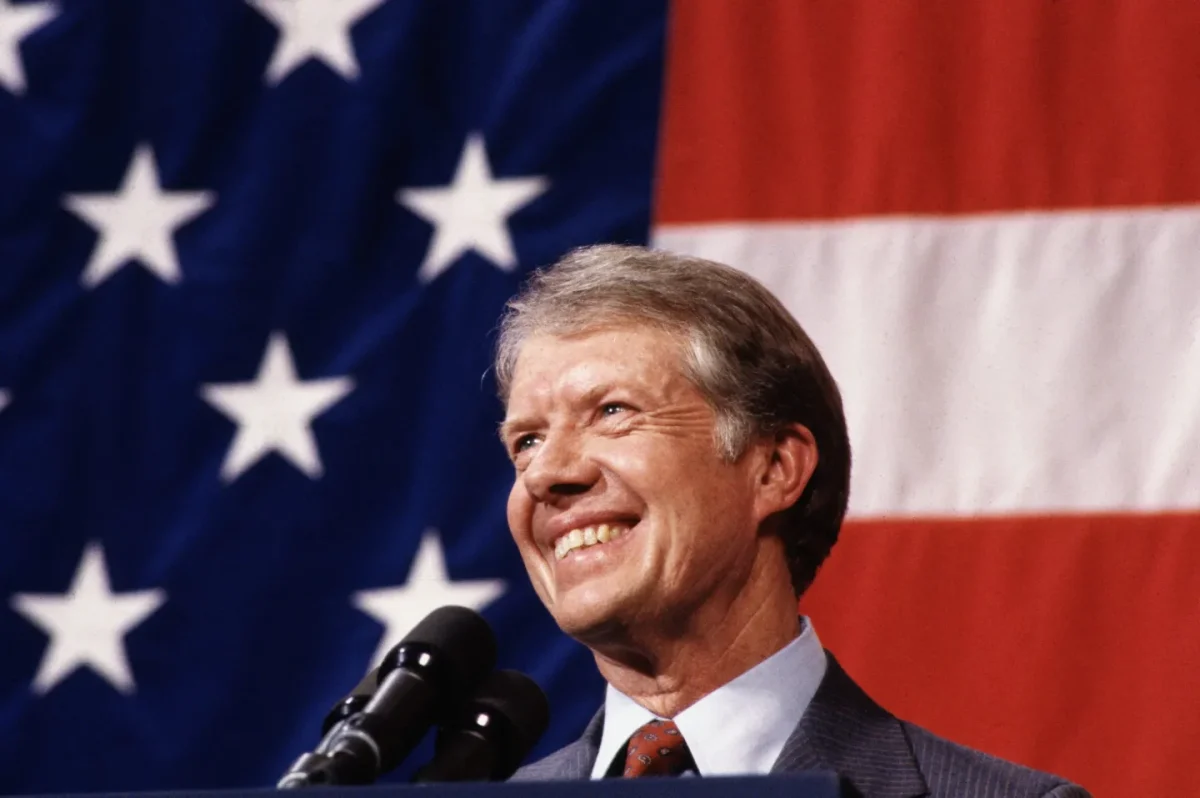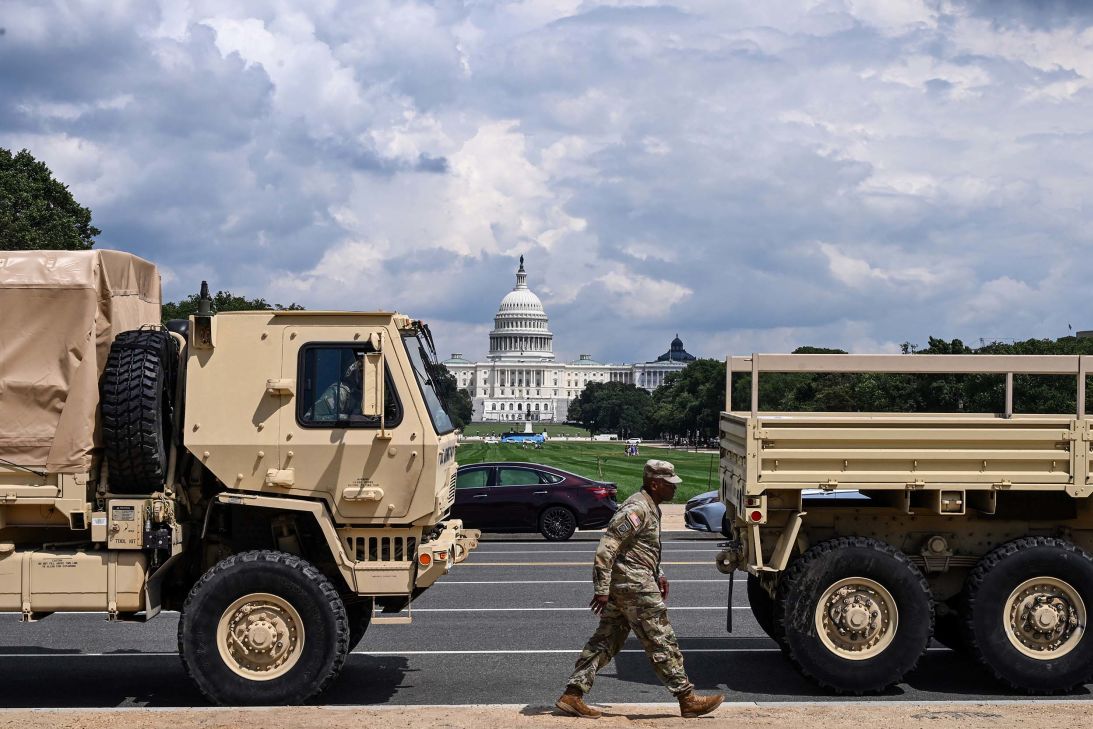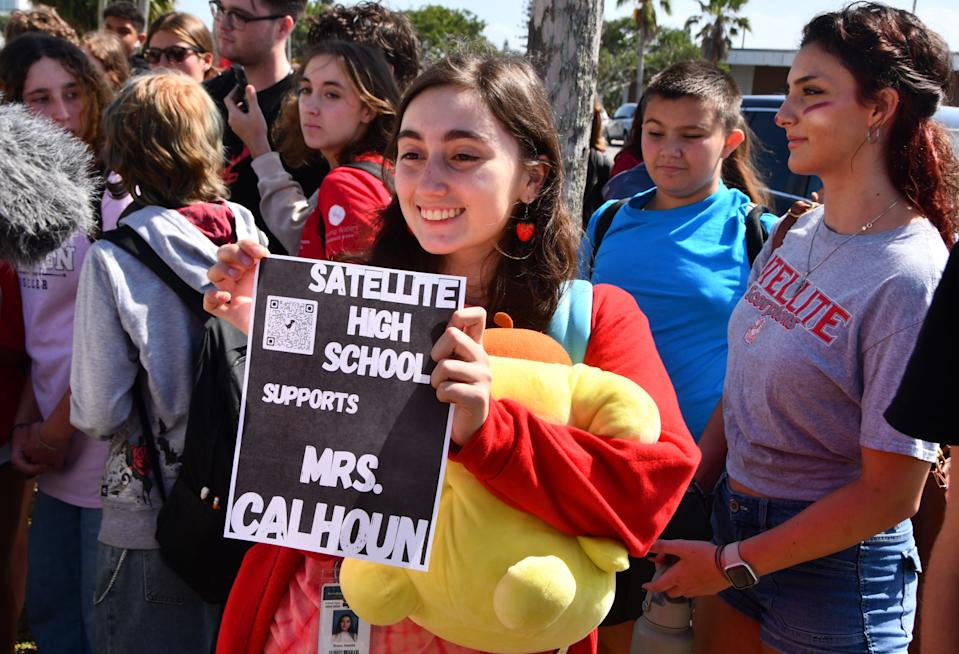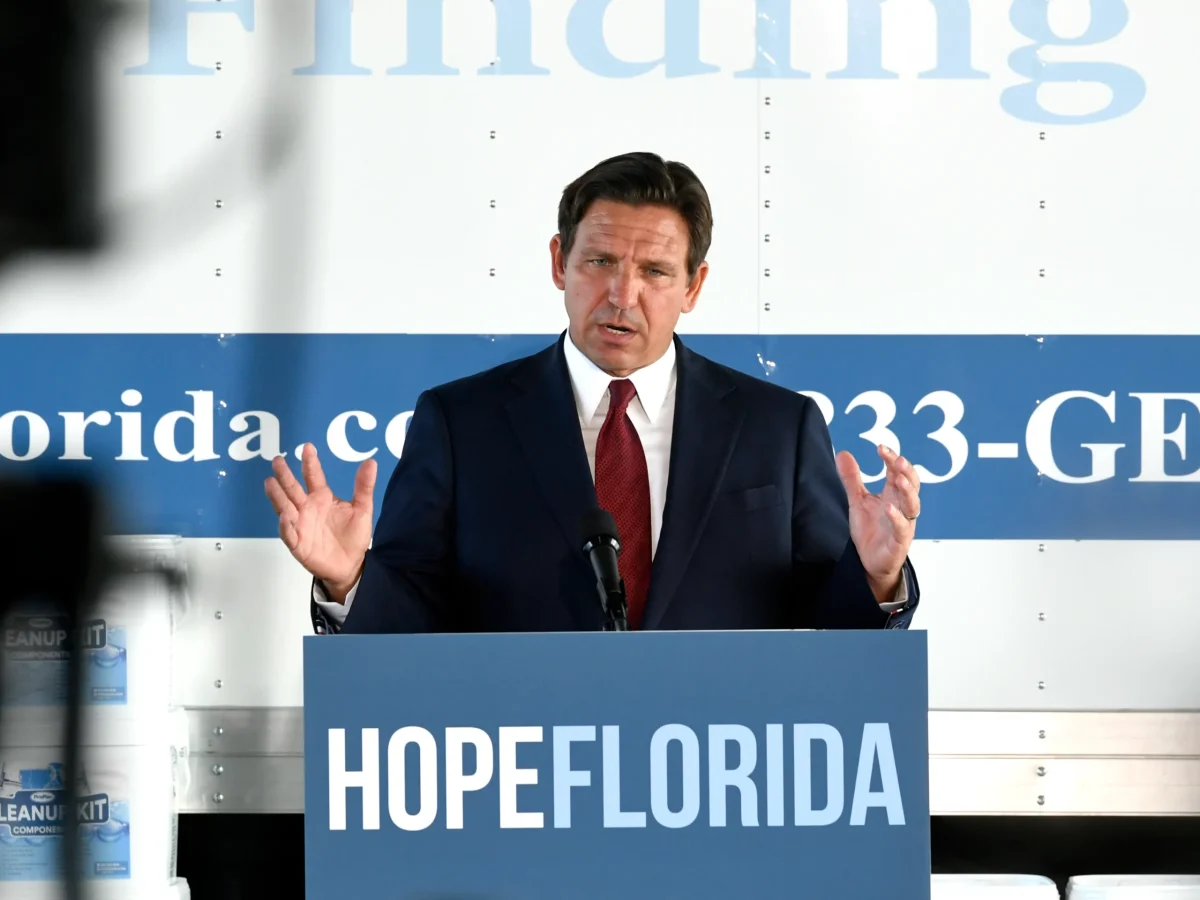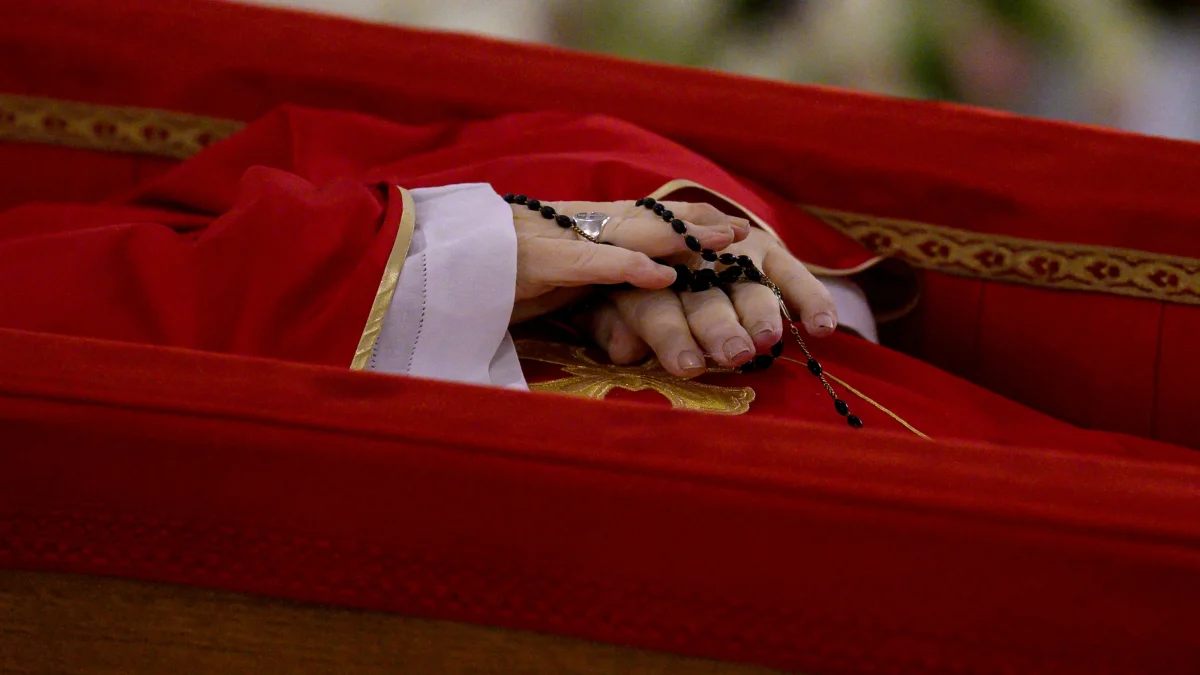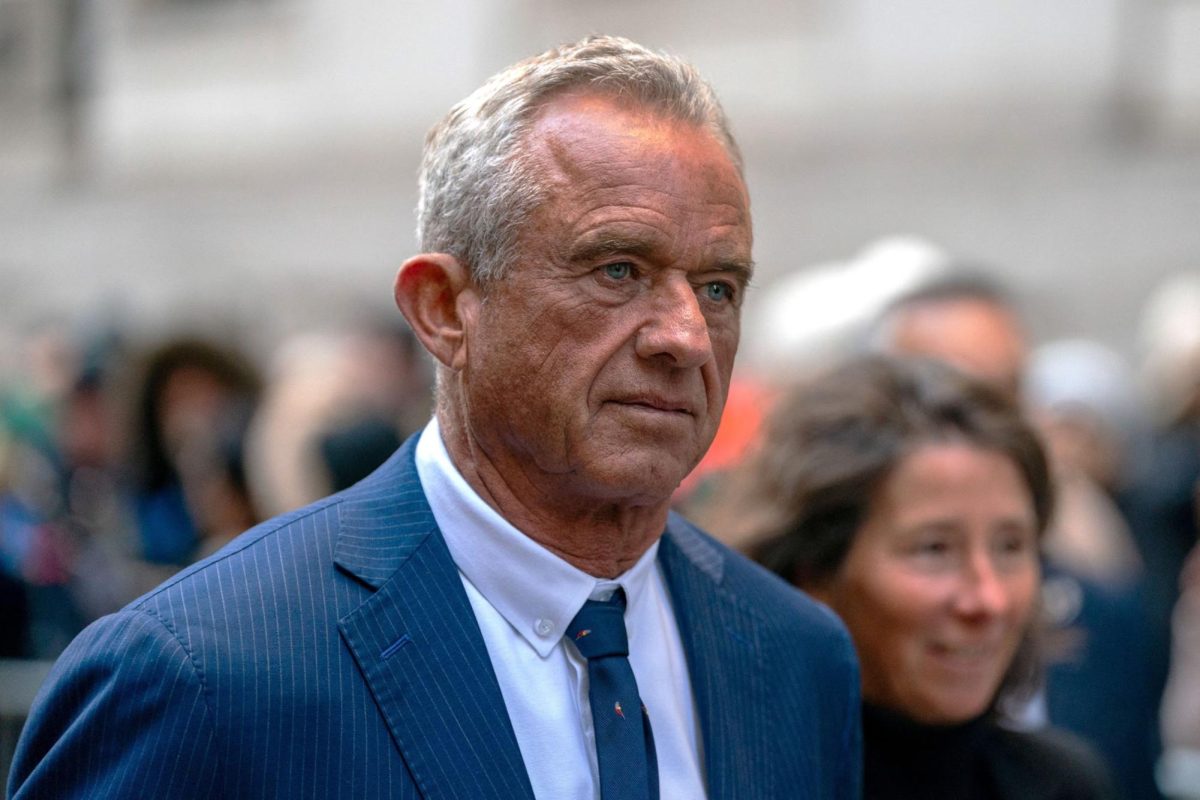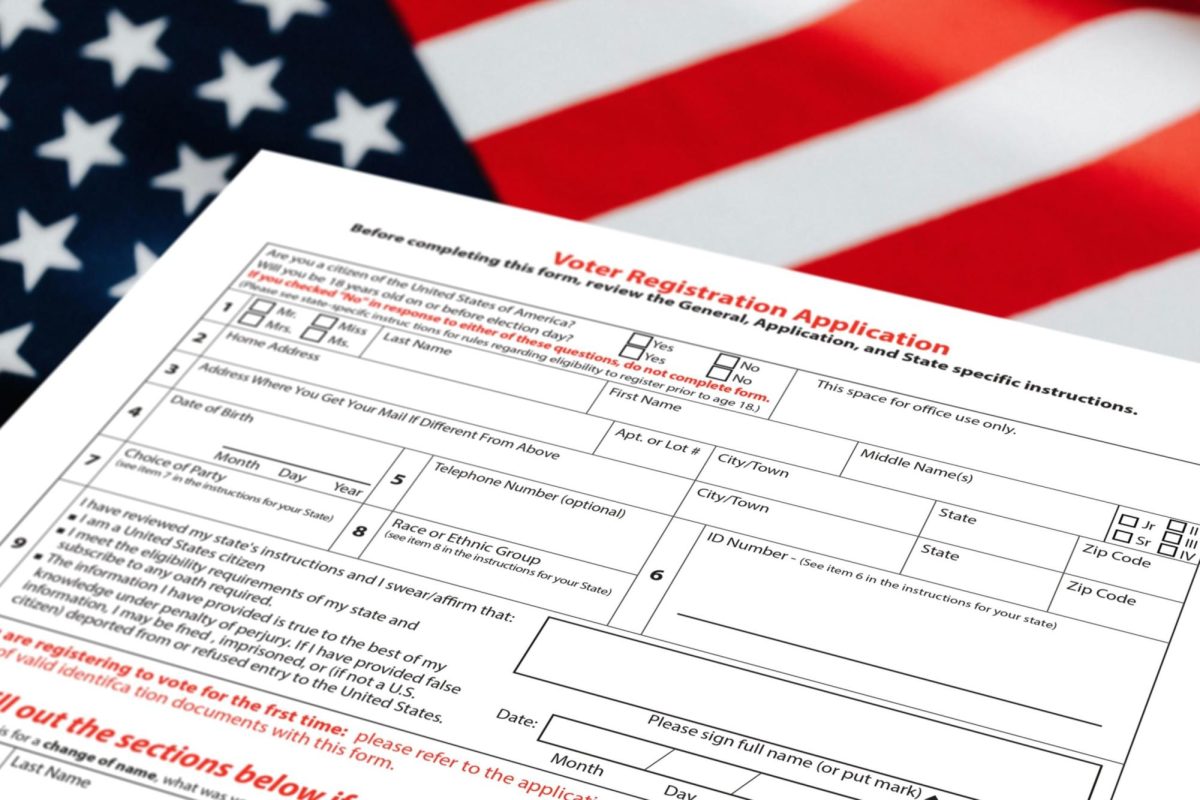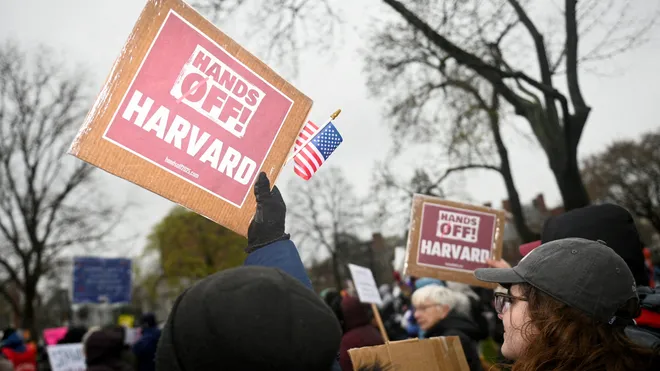The diplomatic crisis between India and Pakistan began on April 23rd of this year as a standoff started between the two countries in a terrorist attack located in the Baisaran Valley. That valley is territory of India and their government accused Pakistan of sponsoring the attack from the terrorist organization, The Resistance Front.
According to The New York Times, India initiated the expulsion of Pakistani diplomats and recalled their own diplomatic staff. They also suspended visa services, closed their borders, and announced their withdrawal from the Indus Waters Treaty. India’s Cabinet Committee on Security also strongly urged Indian citizens to avoid travelling to Pakistan and called on those in the country to return as soon as possible. Pakistan denied the allegations and responded with trade restrictions, closure of airspace and border crossings, and suspension of the Shimla Agreement.
From the CNBC, April 24th to May 6th, there have been heavy skirmishes including cross-border firing and artillery shelling. May 7th, an escalation by India took place with missile strikes on Pakistan. Each side differs on the target of the attacks, India stating that they attacked militant groups and Pakistan saying that they struck civilian areas and killed 31 Pakistanis. Pakistan retaliated with downing Indian jets and damaging their infrastructure.
From Newsweek, Indian Prime Minister Narendra Modi stated, “At a time when international efforts are being made for regional peace and stability, this statement represents a dangerous escalation.” Both countries are claiming to not have intent to escalate the conflict and diplomatic meetings are occurring on both sides. The US has offered help to dial back the tensions between India and Pakistan with President Trump stating, “If I can do anything to help, I will be there.”
















